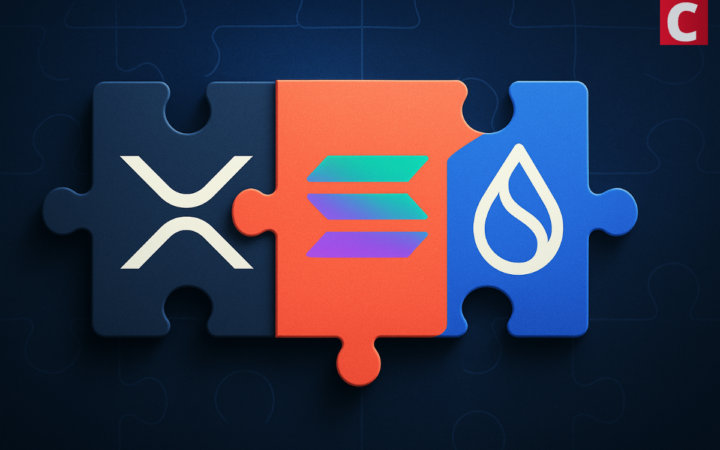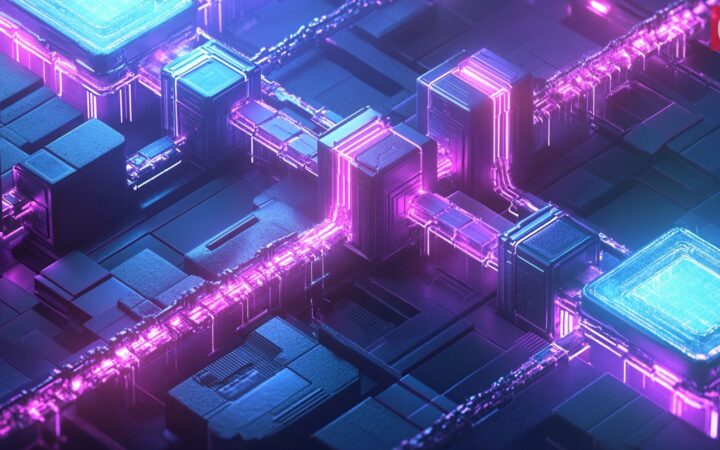About half the world population, over 3 billion people, survive on less than $2.50 in a day. Moreover, 80% of the folks live on fewer than $10 per day. The most recent estimates by the World Bank also reveal a similar, gloomy picture.
10% of the global population lived on less than $1.90 per day as of 2015. In contrast, 11% of the world population lived on USD 1.90 in a day in 2013. So, there’s some improvement. However, there’s still a lot that needs to be done.
Fortunately, in such circumstances, Blockchain tech stands as a harbinger of hope that aims to lessen, if not eradicate, poverty. Such a role is, of course, a highly welcomed one. Blockchain offers a transparent and inexpensive means of transacting money, which is the chief feature that promises help for poor people.
Since Blockchain facilitates secure money transfers, transactions can be conducted without the fear of fraud or theft. Thus, not only can the upper crust of the society drive benefits but countries bordering on poverty can also reap benefits from Blockchain.
Let’s dig into the details of how Blockchain can help those living below the poverty line.
Blockchain Extends Financial Facilities to Poor People
Work and service exchange takes a step back if there are no financial institutions to facilitate money transaction. Surprisingly, about 2 billion people around the planet don’t have bank accounts.
This puts a stop on their financial exchanges. Some, however, stand undeterred only to be scammed by a financial fraud at the end of the day. Hence, it is clear that without banks, secure transactions remain just a dream.
On top of that, a physical presence sits at the center of any financial institution. Not so surprisingly, setting that up also demands resources. This is where Blockchain technology comes into the equation by overcoming all these limitations.
It provides secure, easy, and quick money transactions and does not require a physical branch to function. Instead, it operates on a distributed network, therefore, negating the requirement for expensive infrastructure to operate.
Blockchain Offers Secure and Reasonable Transactions
As the Blockchain services run on a distributed network, it doesn’t need complex infrastructure. This translates into fewer costs and more savings as banks typically take charges for their facilitation in the form of fees and other similar hidden charges.
Furthermore, this advanced tech promises secure transactions. Needless to say, such transactions are crucial. Therefore, they form the crux of our financial interactions. Blockchain allows people to post a transaction record online that should be signed digitally.
Once done, the record cannot be altered or deleted. What’s more, the data is saved on several computers, thus, eliminating any risks associated with money transactions. In addition to the redundant storage, Blockchain also allows the exchange of funds through smart contracts.
Such smart contract transactions see the light of the day only when the mentioned conditions are met. For instance, a life insurance policy will only send money to the beneficiary when a highlighted doctor digitally signs the death certificate.
Blockchain Tech Allows for Cheap International Money Transfers
For those who border close to the poverty line or are under it, money received from family members staying abroad is a ray of hope. In 2016, emigrants sent approximately USD 442 billion to their home countries.
Such a global flow of cash is crucial for the survival of umpteen families. The only catch is that the money sending process can be very costly. In 2015, commission rates and transaction costs summed to an average of 10.96 in remittance sent from a bank.
Similarly, the additional charges totaled to 6.36% for sending money via money transfer operatives. For example, if a person wires cash via MoneyGram, say $50 to his country, Ghana, then he may have to pay $10 in transaction fees. This means that his family ends up receiving only $40.
In contrast, Blockchain tech serves as a less costly option for money transactions. A case in point is Hong Kong’s Blockchain-powered Bitspark that has allowed transactions with as low charges as $2 for the operation of about $150. Therefore, Blockchain helps in this case as well.
Blockchain Helps Monetize Microtransactions and Allows for Micro Trading
Blockchain also facilitates microtransactions. Cryptocurrencies assign a value to items at smaller price points. One can also compensate other people .0000001 of a cryptocurrency for small amounts of data.
Moreover, the tech encourages people without bank accounts to participate in global commerce. In contrast, traditional banking services don’t allow that below a certain threshold. The CEO of Never Stop Marketing, a marketing agency for blockchain startup, Jeremy Epstein, explains this further.
Epstein highlights:
“With cryptocurrency, a poor farmer in Kenya or Zimbabwe can prove creditworthiness simply by having the cryptocurrency in their wallet and proving ownership. It opens up the total available market for companies AND gives more people access to more goods and services.”
Lastly, Blockchain also allows microlending and micro trading. The tech boasts the potential to record all transactions, no matter how small they may be. Consequently, it facilitates microlending. Typically, microlending has earned a poor reputation owing to the high-interest rates.
However, Blockchain sorts that out too by minimizing the costs of giving out loans. In fact, these charges can go as low as 90%. Over and above that, Blockchain can facilitate micro trading.
Hence, a person in any line of work in an underdeveloped country can find a market of buyers at a fair price without any middlemen meddling in his affairs. A case in point is The AutoBlock, a Blockchain venture that provides AutoCoin, a currency that aids automobile trade. This shows how Blockchain can encourage trade at any level.
Bottom Line
Summing up, Blockchain technology is working to extend a helpful hand in several industries. The role that it can play in helping people under the poverty line is also interesting as the advanced tech permits safe and easy money transaction.
Moreover, the financial exchange offers the feature of transparency. This will help chop corruption and encourage accountability in under-developed countries while trimming the odds of frauds.
Disclaimer: Coinspeaker is committed to providing unbiased and transparent reporting. This article aims to deliver accurate and timely information but should not be taken as financial or investment advice. Since market conditions can change rapidly, we encourage you to verify information on your own and consult with a professional before making any decisions based on this content.

Alma Causey is a Freelance writer by day and sports fan by night. She writes about tech education and health related issues. Live simply, give generously, watch football and a technology lover.





